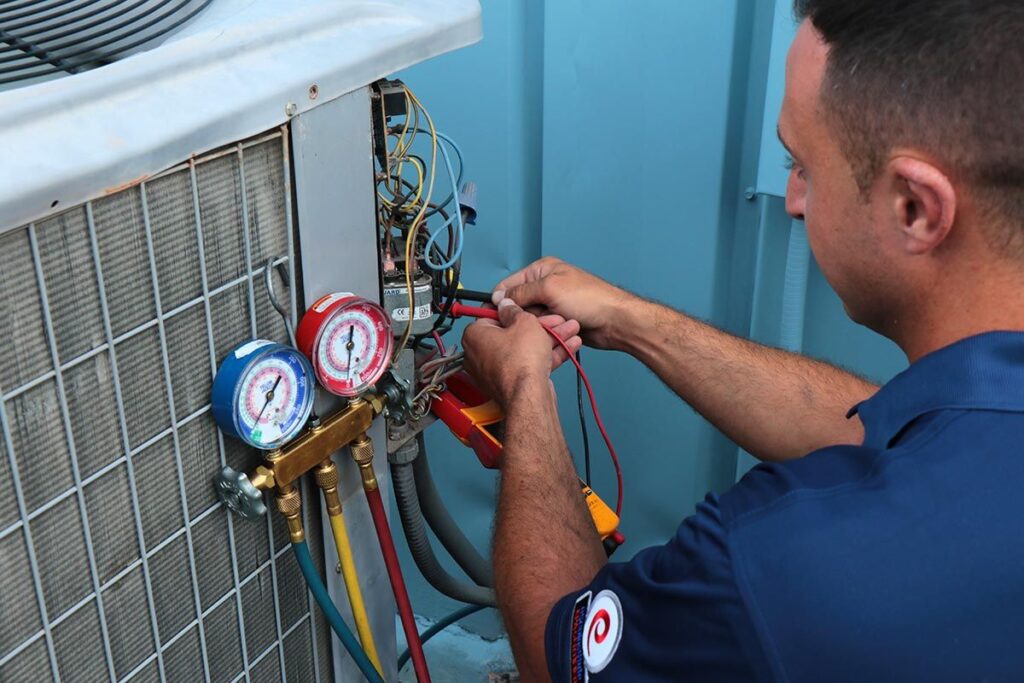HVAC (Heating, Ventilation, and Air Conditioning) methods work by controlling the temperature, humidity, air high quality, and airflow within a constructing or enclosed house. Aircon repair services Gymea are designed to maintain a comfortable and wholesome indoor setting. Here's how an HVAC system typically works:
1. Heating:
During the heating season, the HVAC system extracts warmth from a warmth supply and distributes it all through the constructing. There are various sorts of heating systems, together with:
Furnace: Furnaces use pure gas, oil, electrical energy, or other fuels to generate heat. The warmth produced warms the air, which is then distributed via ducts using a blower.
Boiler: Boilers warmth water to supply steam or hot water, which is then circulated by way of radiators, baseboard heaters, or radiant ground methods to provide heat.
Heat Pump: Heat pumps can present both heating and cooling. They switch heat between the indoor and outside models, extracting warmth from the outside air (even in cold weather) and pumping it indoors.
2. Ventilation:
Proper ventilation is crucial for indoor air quality. HVAC methods present ventilation by exchanging indoor air with contemporary outside air. Ventilation techniques take away pollutants, control humidity, and replenish oxygen. There are completely different methods of air flow, together with:
Natural Ventilation: Opening windows and doors to let contemporary air in and stale air out.
Mechanical Ventilation: Using fans and ducts to control the move of air, guaranteeing adequate ventilation in various parts of the building.
three. Air Conditioning:

During the cooling season, HVAC systems take away warmth from indoor air and release it outdoors. Air conditioning techniques use refrigerants to chill and dehumidify the air. The cooling course of includes a number of elements:
Evaporator Coil: Warm indoor air is blown over the evaporator coil, where the refrigerant contained in the coil absorbs heat from the air. The cooled and dehumidified air is then circulated back into the building.
Condenser Coil: The refrigerant carrying the absorbed heat is pumped to the out of doors unit (condenser), where the heat is released into the outside air.
Compressor: The compressor will increase the pressure and temperature of the refrigerant, facilitating the heat trade process.
Expansion Valve: The expansion valve reduces the stress of the refrigerant, causing it to expand and funky quickly, preparing it for the subsequent cycle.
four. Air Distribution:
HVAC systems use ducts and fans to distribute conditioned air throughout the constructing. Ductwork carries heated or cooled air to various rooms, and fans guarantee the right circulation of air.
5. Thermostat Control:
A thermostat acts as the management middle of the HVAC system. It senses the indoor temperature and, based on the set temperature, signals the system to heat or cool the air till the specified temperature is reached.
Regular maintenance, correct sizing, and proper installation are essential for the efficient operation of an HVAC system, guaranteeing optimal comfort, power efficiency, and indoor air quality..
